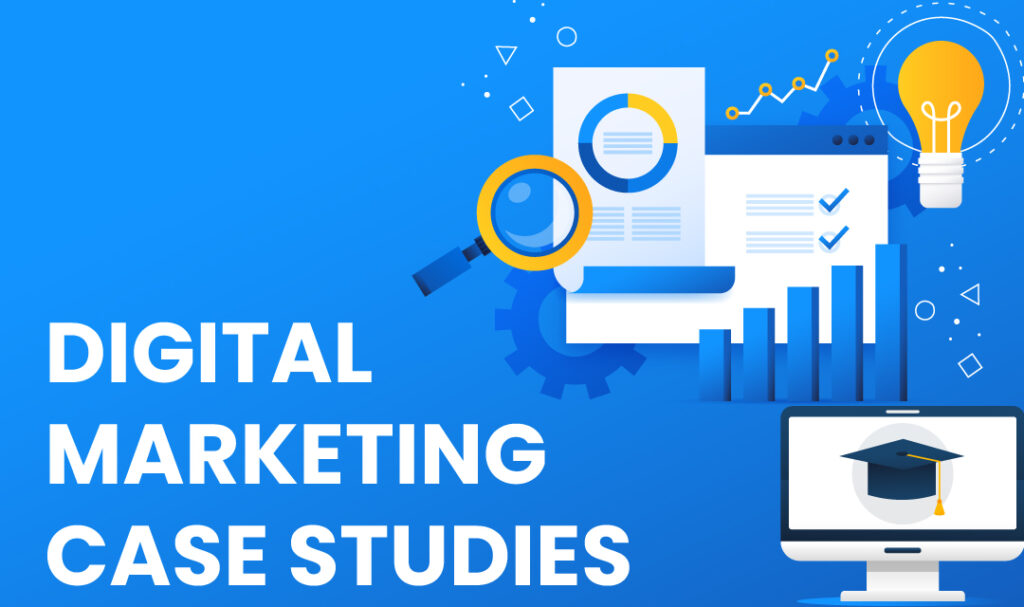Social media marketing is crucial for modern businesses. But with so many options like LinkedIn, Instagram, and Twitter, how do you choose where to focus? The best approach depends on your goals and target audience. This article analyzes the strengths of each platform through case studies about social media to help guide your strategy.
Every social network has unique benefits for brand-building. You need to match the channel capabilities to your business objectives.
LinkedIn for Professional B2B Marketing
With over 810 million users, LinkedIn is the leading platform for B2B marketing, lead generation, recruitment, and establishing thought leadership. Some of the network’s major advantages include:
- Detailed user profiles showcase professional credentials and work histories.
- Company pages and active user groups foster brand communities.
- Sponsored content and ads can precision target users by job role, industry, interests, and more.
- LinkedIn messaging enables one-to-one outreach and sales conversations.
For example, Adobe strategically utilized long-form posts, employee spotlights, and sponsored content campaigns on LinkedIn to generate over 2.3 million post impressions and 45,000 content clicks for high-value B2B engagement.
LinkedIn works especially well if your goals include:
- Generating high-quality B2B leads
- Recruiting new employees or industry talent
- Establishing thought leadership in your field
- Professional networking and brand-building
Instagram to Reach Younger Demographics
With over 1 billion monthly active users, Instagram is the top platform to reach millennials and Gen Z. Its highly visual nature also suits lifestyle brands. Benefits include:
- Primarily used by younger demographics – 70% of users are 34 and under.
- The immersive, visual Stories and Reels formats attract attention.
- Shoppable posts allow instant purchases or saving items for later.
- Hashtags and geotags help surface branded content and increase discovery.
For example, watchmaker Daniel Wellington gained over 5 million Instagram followers in just 5 years largely through viral user-generated content and influencer marketing. Their sales skyrocketed from $10 million to over $230 million in that same timespan thanks in large part to their Instagram strategy.
Instagram is a great choice if you want to:
- Rapidly build brand awareness and a strong visual identity.
- Showcase products in a visually dynamic environment.
- Drive direct conversions or save items for future purchases.
- Engage younger millennials and Gen Z demographics.
Twitter for Real-Time Trending Conversations
With its instant, real-time nature, Twitter is the place to tap into relevant trending conversations. Benefits for brands include:
- Major news and events break on Twitter first.
- Capitalize on viral momentum by using trending hashtags and topics.
- Frequent engagement with followers through likes, retweets, and replies.
- Promoted tweets can target interests, behaviors, keywords, and more.
For example, Charmin’s consistent, lighthearted engagement on Twitter has earned them over 100,000 loyal followers. Their content leverages trending topics and everyday bathroom humor.
Twitter suits goals like:
- Quickly increasing follower count and brand advocates.
- Monitoring brand mentions and relevant conversations in real time.
- Providing timely customer service at scale.
- Building awareness around events, offers, and announcements.
| Platform | Primary Use Case | Ideal Content |
| B2B marketing | Industry articles, thought leadership | |
| Visual branding | Eye-catching photos/videos | |
| Trending conversations | Timely, conversational tweets |
The best approach is to evaluate your specific business goals, target audience demographics, and resources to determine which platform(s) you should prioritize. While having a presence on all major networks is good, focusing your efforts on just one or two done consistently and exceptionally well tends to work best.
Hopefully these detailed overviews provide clarity on optimizing your social media efforts. Let us know if you need any other tips on leveraging LinkedIn, Instagram, or Twitter to grow your brand!



